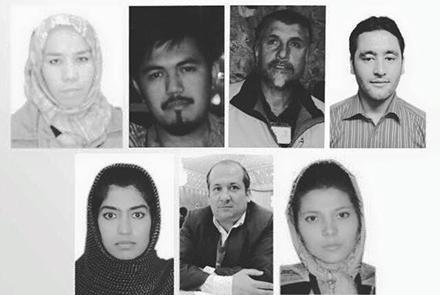TOLO TV this week marked the first anniversary of the attack on a staff vehicle that killed seven employees and wounded 25 others.
The suicide bombing took place on January 20 last year in Darulaman Road in Kabul city.
Those killed in the attack were Hussain Khaksar, Mohammad Ali Mohammadi, Hussain Amiry, Mehry Azizi, Zainab Merzaie, Jawad Hussaini, and Maryam Irahimi .
Although 2016 was noted as the deadliest year for journalists ever in Afghanistan, journalists have said they will continue their work and won’t let threats get the better of them.
“Afghan media passed the year successfully and showed that when a human rights value is rooted in society, neither the Taliban, nor any other terrorist group can change peoples’ perception toward it,” said Mujeeb Khilwatgar, Executive Director of NAI, an organization supporting open media.
Despite these challenges and the deadly attack, press freedom is still said to be one of the biggest achievements made by the country since the fall of the Taliban.
“In this year, 13 journalists were killed and Taliban claimed responsibility for at least 10 cases. In the previous years we never had such numbers,” said Najib Sharifi, head of Afghan Journalists Safety Committee (AJSC).
Journalists said threats made by armed groups will not stop them from broadcasting stories and gathering information and that they will continue their work as usual.
“Insecurity is a big challenge for journalists, especially for women journalists, but these challenges cannot limit our activities,” Mina Mustaied, a journalist said.
According to the statistics of the institutions defending journalists, in the past one and half years, between 300 and 500 media workers have left the country because of security threats – with most of them having sought asylum in European countries.
Latest news

